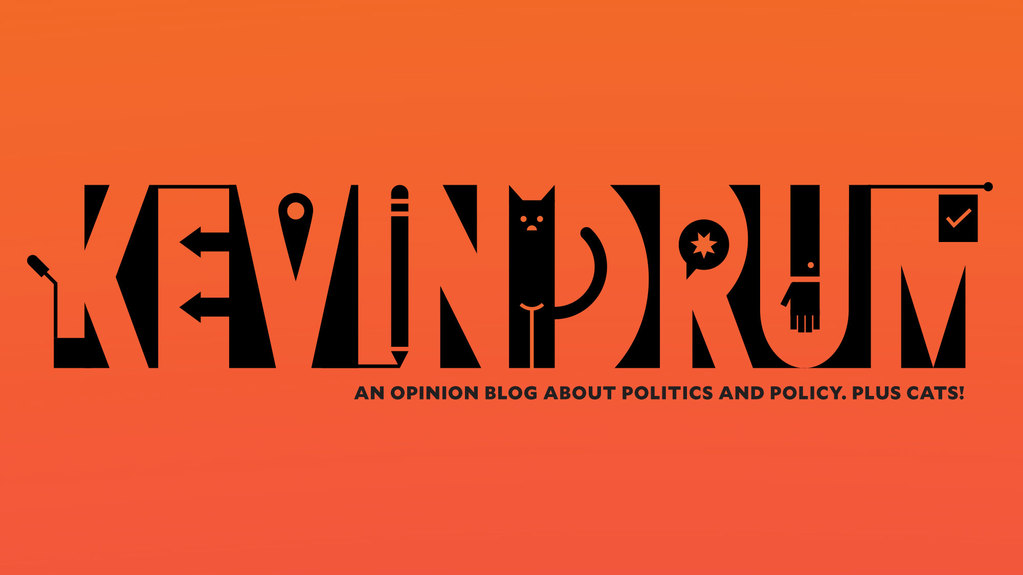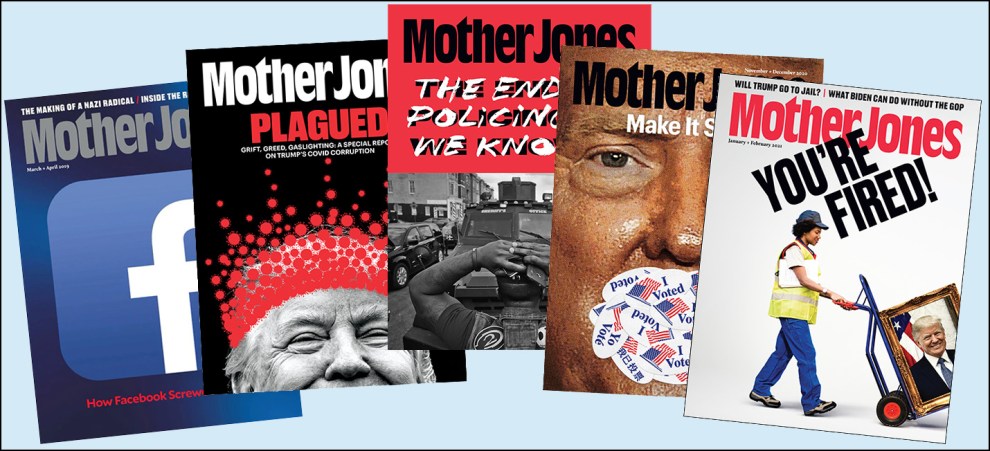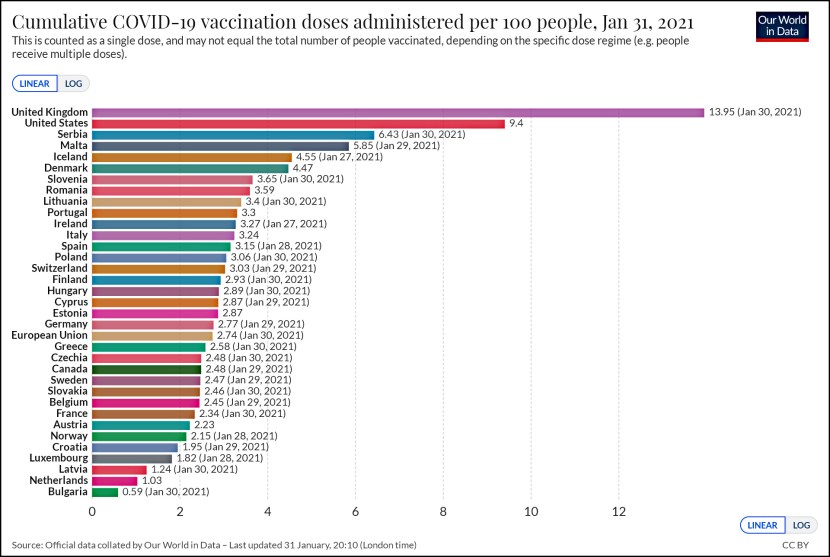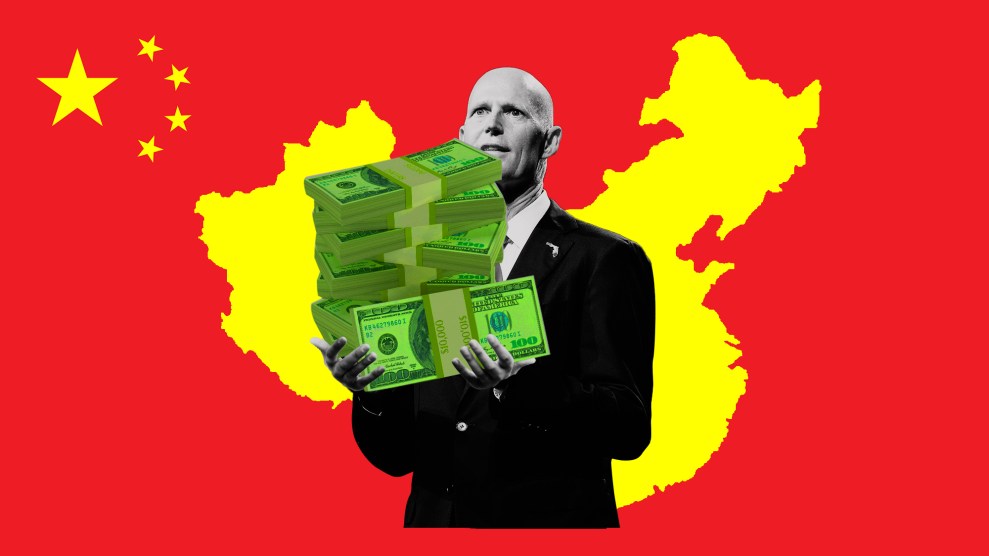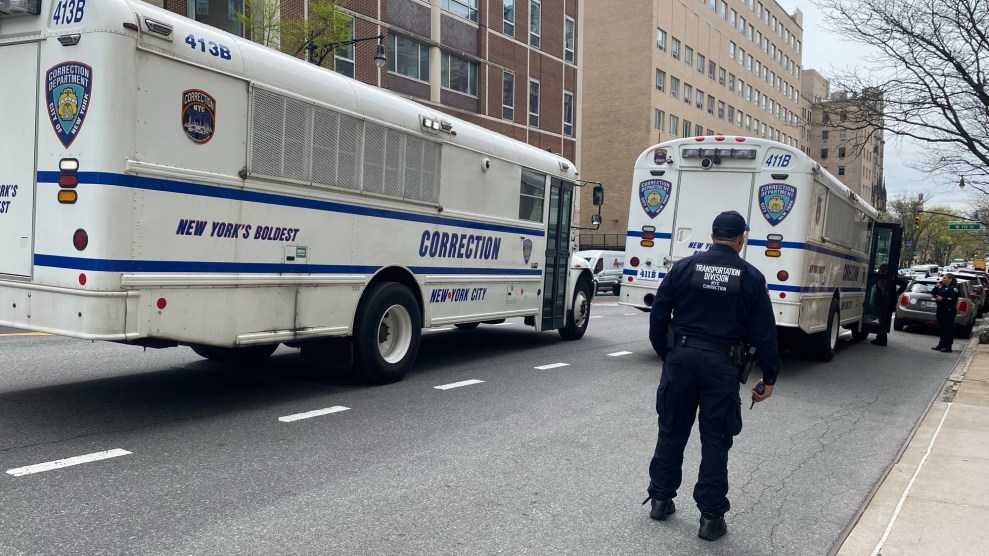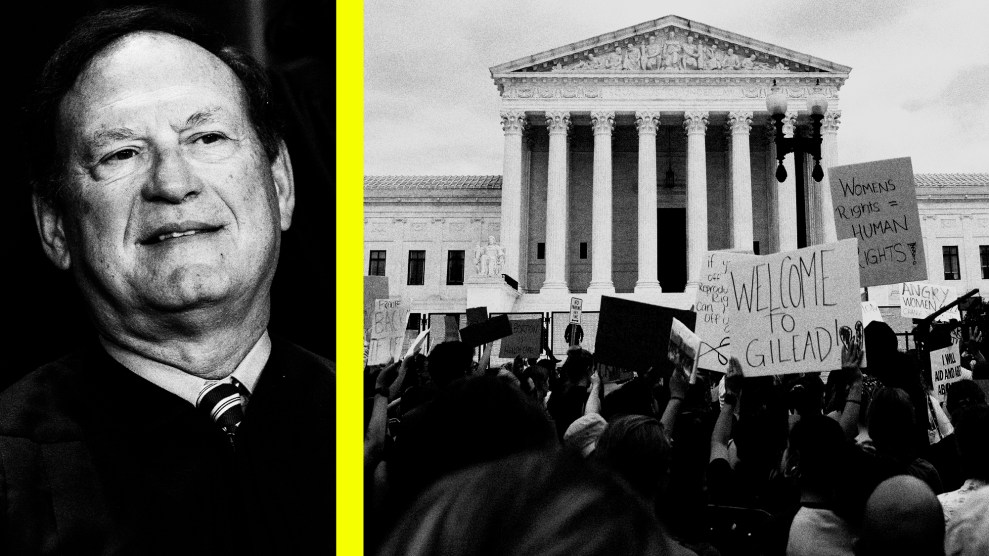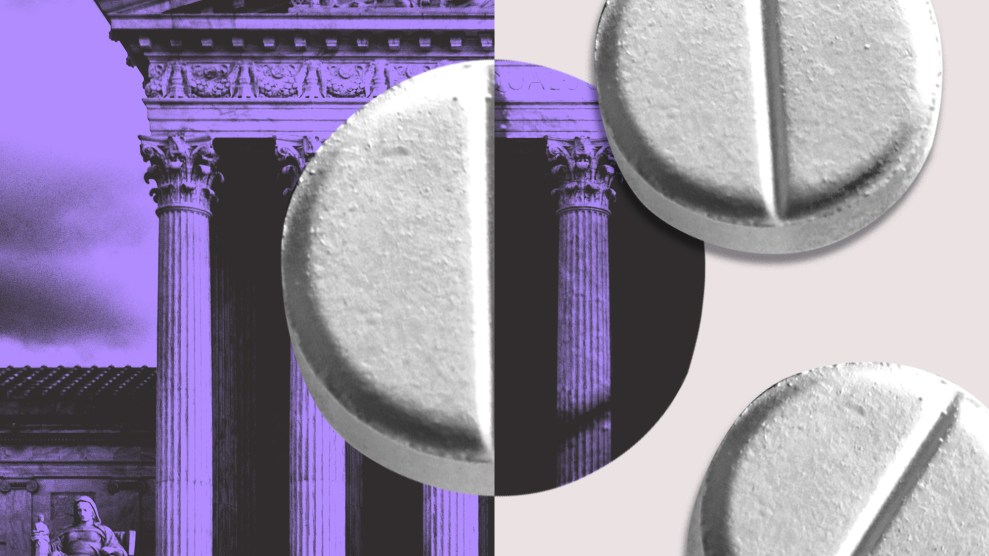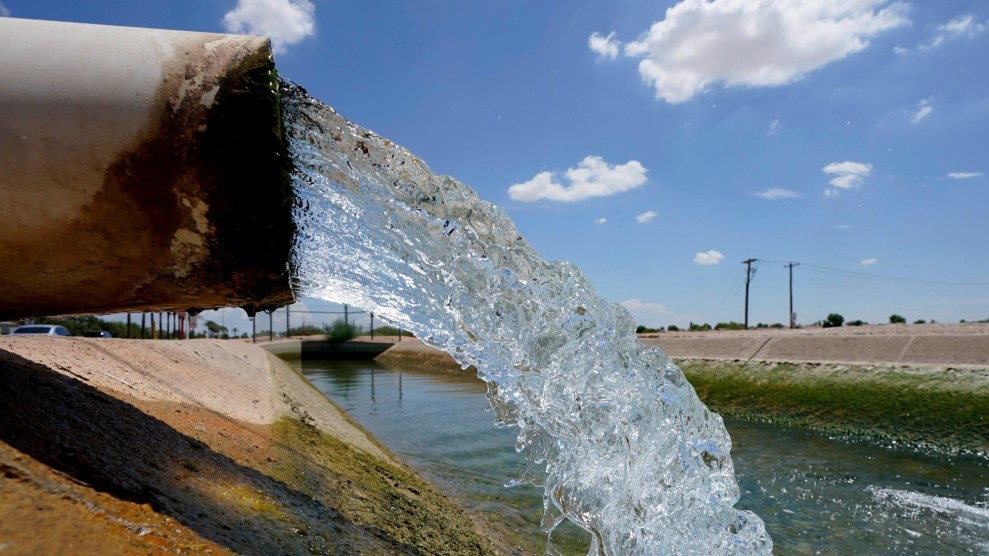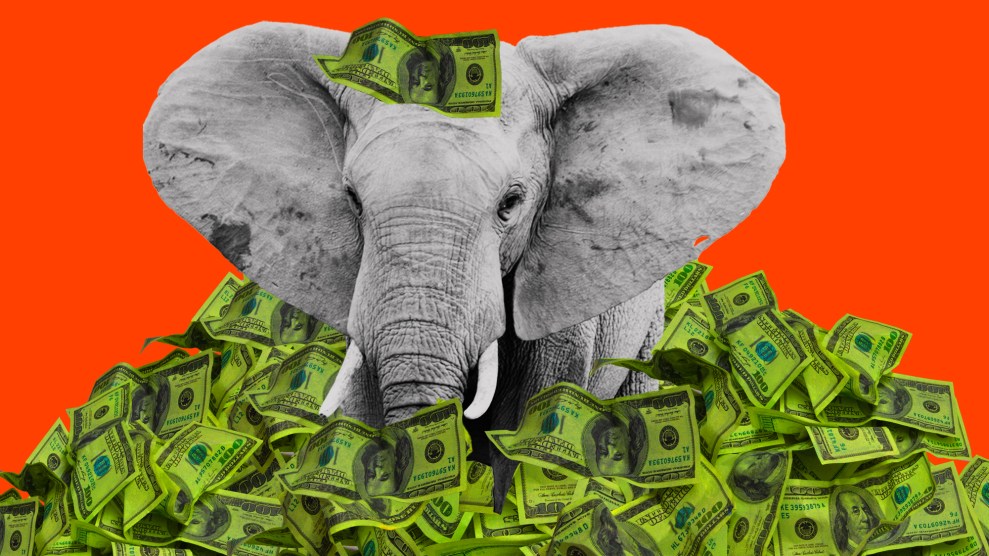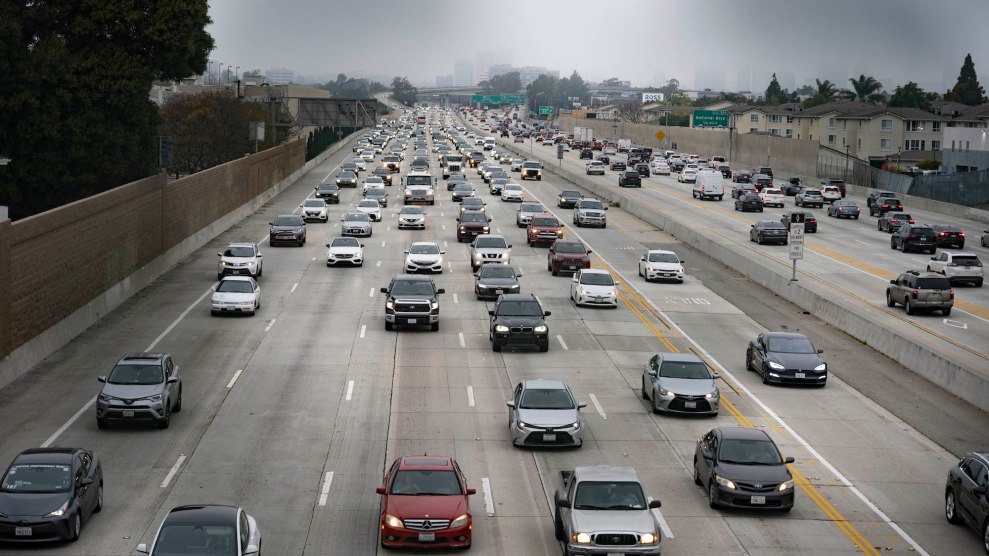Responding to a John Quiggin post lamenting the fact that the financial disasters of the late 90s produced no real regulatory action, Matt Yglesias says:
Whatever you think of Greenspan’s overall legacy […] I think it’s a bit hard to regret that he acted swiftly and decisively to keep the world out of a major recession at the turn of the millennium….Letting things fall apart would have led to millions of additional unemployed people, state budget crises, cutbacks in critical social services, etc., etc., etc.
But it really does seem that the success of these operations was taken as a reason to avoid any serious systematic reform. And you can feel the same kind of thing happening today. It’s disturbing.
You can say that again. Part of the reason for this might be the fact that even now, with wild figures being routinely thrown around about the size of the bailout ($17 trillion! $23 trillion! 3 years of GDP!), most people still don’t truly understand the size and scope of the government action that was required to keep the private sector from melting down completely. And the reason is pretty simple: the vast, vast majority of it was done behind the scenes by the Fed. TARP and the stimulus bill were the only parts that really got any public scrutiny. All the rest was done without congressional debate via an alphabet soup of loan guarantees, term facilities, interest rate reductions, conservatorships, currency swaps, commercial paper backstops, interest on reserve balances, liquidity pumps, collateral forbearance, asset stop-loss guarantees, and more. This stuff is never going to add up to the astronomical sums people have been tossing out, but it’s still a huge amount of money. And without it, the entire financial industry would have collapsed.
But in the event, the Fed did do all this stuff, and the result is that what most people see is a bad recession but nothing more. Just part of the business cycle, thankyouverymuch, and like other recessions it will end soon and life will go on. And needless to say, the financial industry will be lobbying its ass off to make sure that Congress is inclined to see things the same way. Disturbing indeed.


